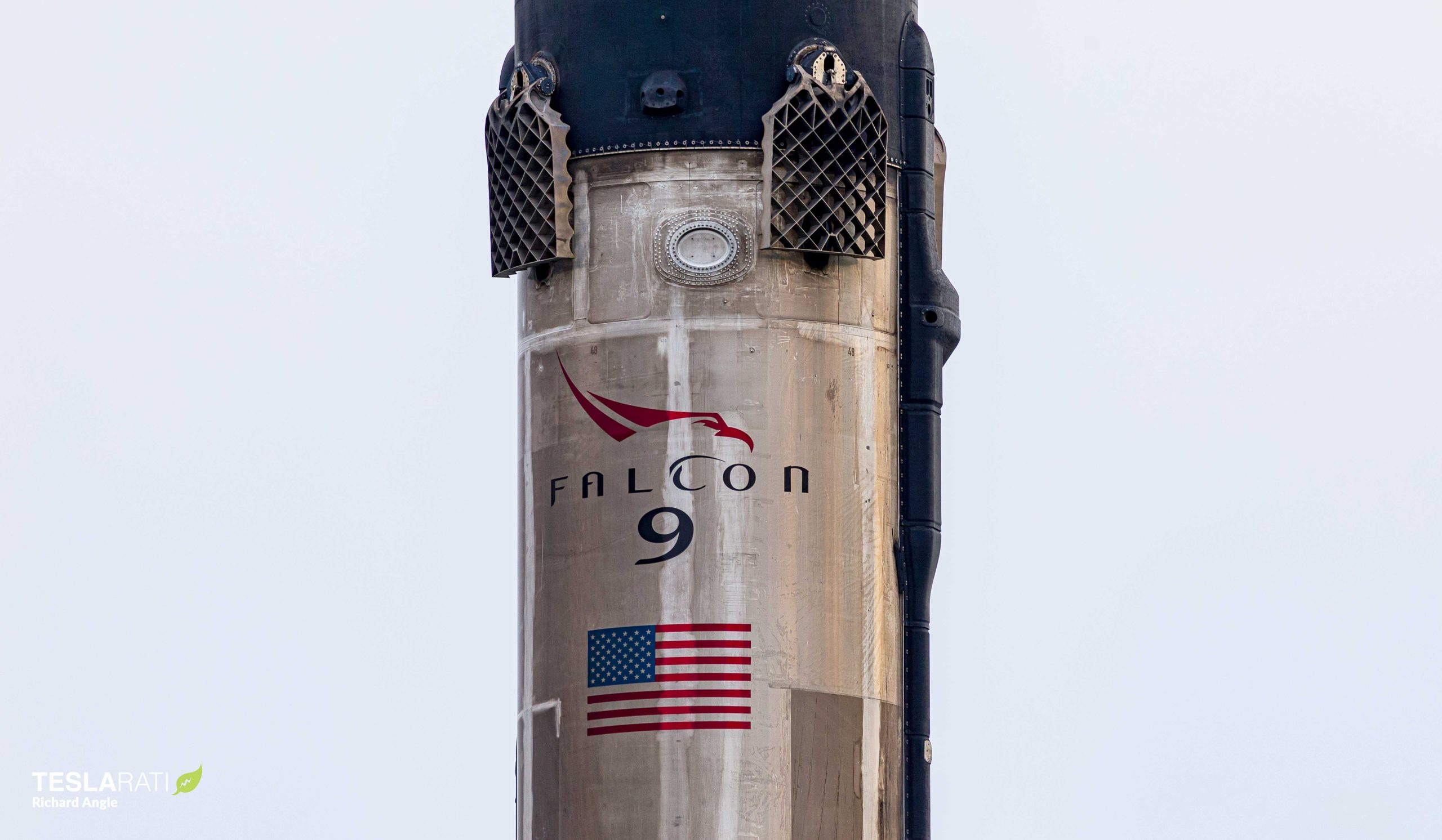
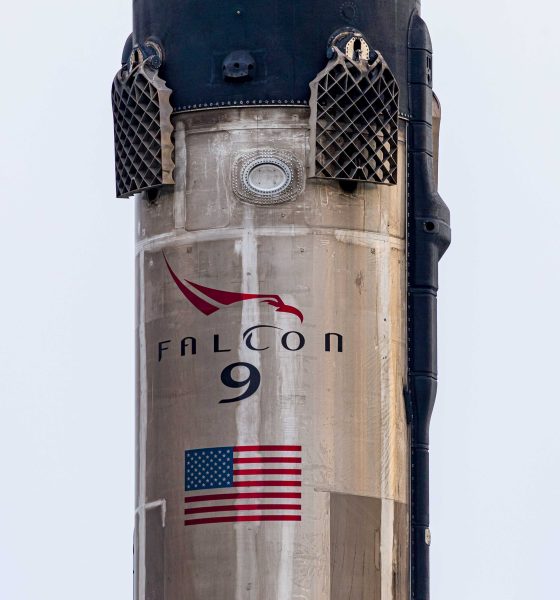
News
SpaceX’s busiest month of launches ever is just around the corner
With the turn of the new year, SpaceX has just entered what could become the busiest few weeks of Falcon 9 launches in the company’s history, breaking previous records for the most launches it has performed in a single month.
As of now, SpaceX is already scheduled to perform the first orbital and suborbital launches of 2020 – a definite sign of things to come if the company’s plans hold firm over the next 12 months. First up is Starlink-2, SpaceX’s third 60-satellite launch and second launch of upgraded Starlink v1.0 spacecraft, scheduled to launch no earlier than January 6th after a recent three-day delay.
Perhaps less than five days after that orbital launch attempt, SpaceX and NASA have scheduled Crew Dragon’s In-Flight Abort (IFA) test around 8 am ET (13:00 UTC), January 11th – set to be the spacecraft’s second launch on Falcon 9. Even then, that’s just the first half of SpaceX’s planned January 2020 launch manifest, potentially paving the way for a new internal record if schedules don’t slip.
In the nine and a half years Falcon 9 has been operational, SpaceX has averaged a bit less than 1.5 launches per month. However, the company only truly came into its own as a launch provider in 2017 and has since launched an impressive 52 orbital launches, meaning that almost 69% of the Falcon family’s launches have been completed in less than 36 months – a period representing just 30% of its operational life.
In those last three exceptionally busy years, averaging more than 17 launches annually, SpaceX has had only three instances where it launched three Falcon 9s in the same month – June 2017, October 2017, and December 2018.
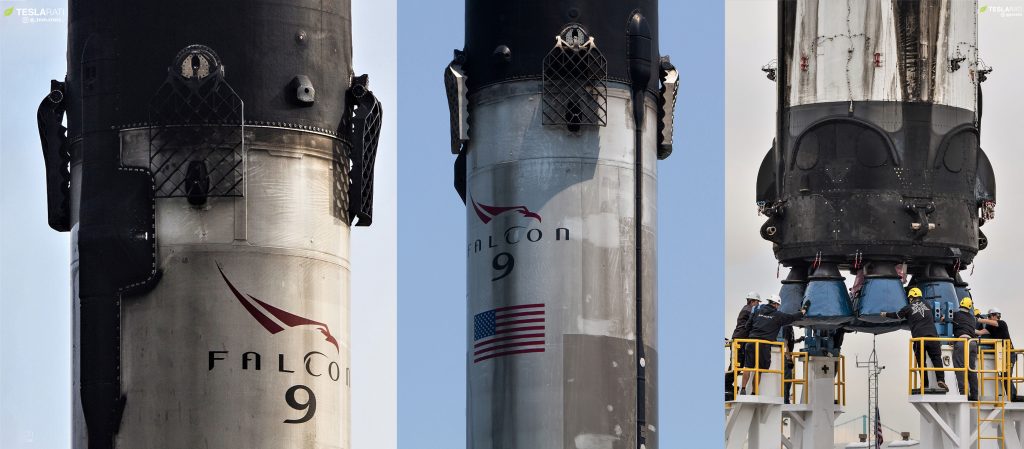
On top of Starlink-2 and Crew Dragon’s IFA test, SpaceX has two additional 60-satellite Starlink v1.0 launches scheduled this month – Starlink-3 in mid-January and Starlink-4 near the end of the month. Especially in light of Starlink-2’s delays from December 30th to January 3rd and finally January 6th, it will be a challenge for Starlink-4 to remain in January, but there is definitely a chance.
While Crew Dragon’s In-Flight Abort test is suborbital, SpaceX would still set a record for the number of Falcon (9) launches performed in a single month if it can launch all four aforementioned missions in January 2020. In fact, given that Starlink-2 is now scheduled to launch no earlier than January 6th, SpaceX will actually need to launch a rocket every ~6 days to complete its tentative manifest – an impressive feat that would translate to more than 60 launches annually if extended throughout 2020.
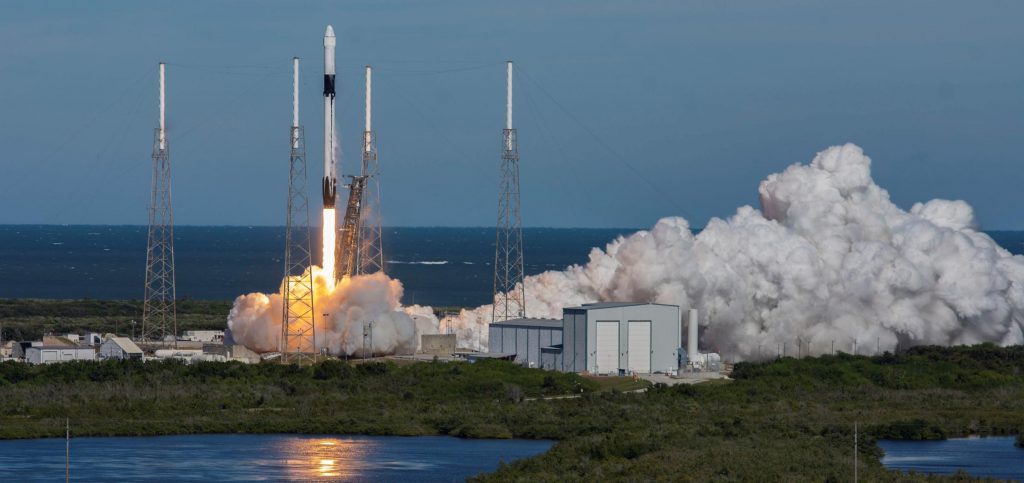

Although nearly impossible if SpaceX is only able to rely on its Cape Canaveral Air Force Station (CCAFS) LC-40 pad for commercial launches, such a cadence might actually be well within reach if SpaceX can supplement LC-40 with a monthly or bimonthly launch from its Kennedy Space Center LC-39A pad. Primarily meant to support Crew Dragon, Cargo Dragon 2, and Falcon Heavy launches, Pad 39A nevertheless can and did host numerous Falcon 9 satellite launches in 2017, and some recent FCC filings indicate that SpaceX is considering additional commercial launches from 39A in 2020.
In fact, including Crew Dragon’s IFA and a Falcon Heavy launch for the USAF scheduled in late-2020, Pad 39A is already scheduled to support as many as five launches for NASA and the Air Force. If, say, SpaceX schedules and additional five commercial Falcon 9 missions from Pad 39A in 2020, LC-40 can get away with one Falcon 9 launch every two weeks – already well within reach as long as the rockets and payloads are ready.
SpaceX currently has plans to launch as many as 36-38 separate orbital missions in 2020, a number that perfectly aligns with the possibility of a few commercial missions launching from Pad 39A this year. In short, SpaceX is on track to potentially kick off 2020 with its busiest month of rocket launches ever – a perfect sign of the company’s equally ambitious plans for the rest of the year.
Check out Teslarati’s Marketplace! We offer Tesla accessories, including for the Tesla Cybertruck and Tesla Model 3.

News
Tesla Full Self-Driving (FSD) testing gains major ground in Spain
Based on information posted by the Dirección General de Tráfico (DGT), it appears that Tesla is already busy testing FSD in the country.
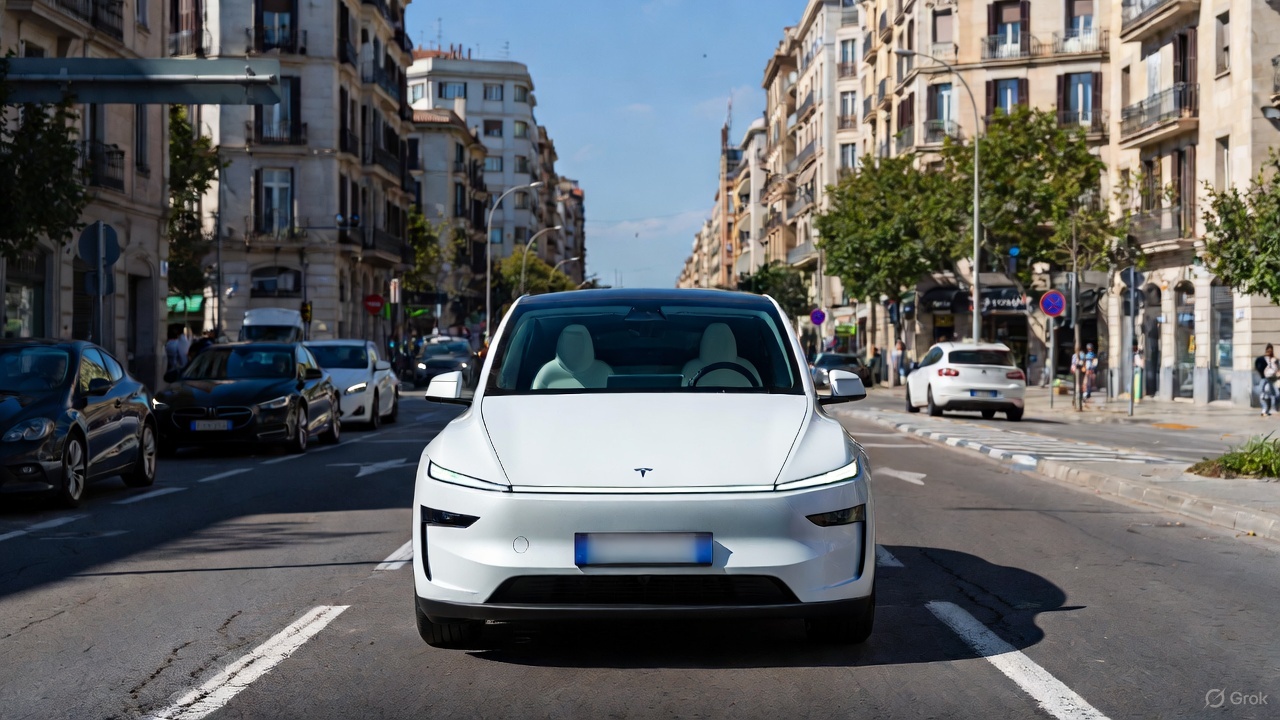
Tesla’s Full Self-Driving (Supervised) program is accelerating across Europe, with Spain emerging as a key testing hub under the country’s new ES-AV framework program.
Based on information posted by the Dirección General de Tráfico (DGT), it appears that Tesla is already busy testing FSD in the country.
Spain’s ES-AV framework
Spain’s DGT launched the ES-AV Program in July 2025 to standardize testing for automated vehicles from prototypes to pre-homologation stages. The DGT described the purpose of the program on its official website.
“The program is designed to complement and enhance oversight, regulation, research, and transparency efforts, as well as to support innovation and advancements in automotive technology and industry. This framework also aims to capitalize on the opportunity to position Spain as a pioneer and leader in automated vehicle technology, seeking to provide solutions that help overcome or alleviate certain shortcomings or negative externalities of the current transportation system,” the DGT wrote.
The program identifies three testing phases based on technological maturity and the scope of a company’s operations. Each phase has a set of minimum eligibility requirements, and applicants must indicate which phase they wish to participate in, at least based on their specific technological development.
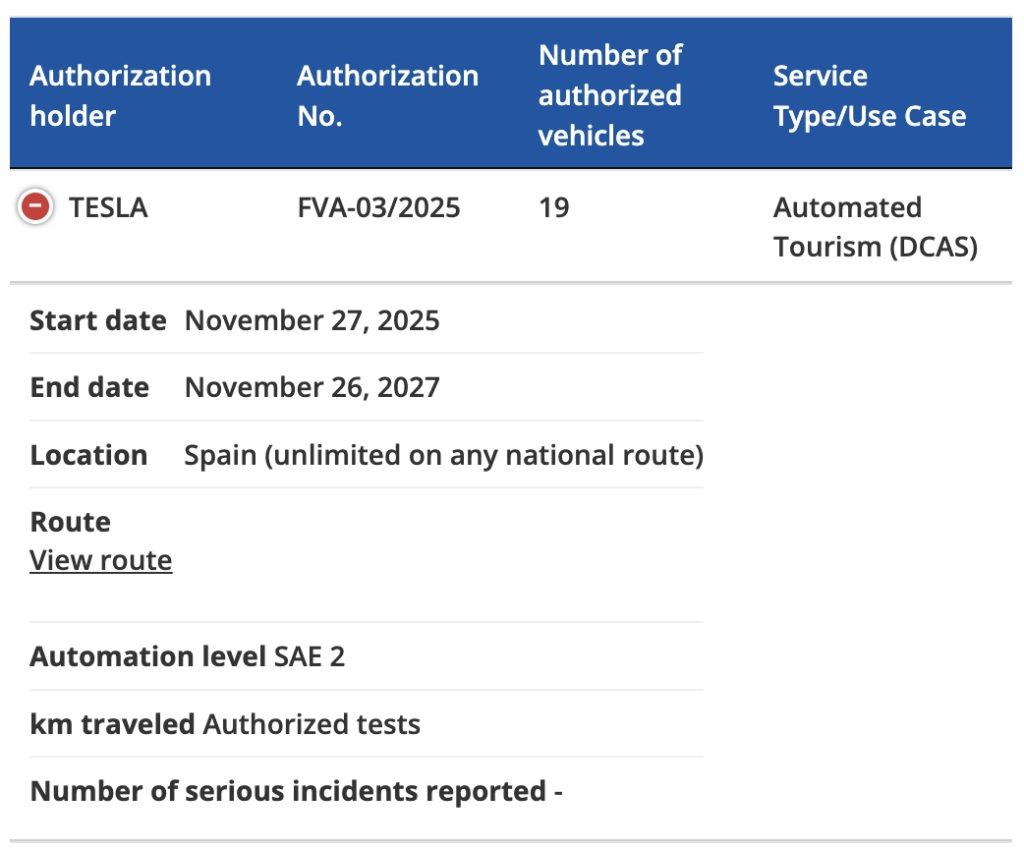
Tesla FSD tests
As noted by Tesla watcher Kees Roelandschap on X, the DGT’s new framework effectively gives the green flight for nationwide FSD testing. So far, Tesla Spain has a total of 19 vehicles authorized to test FSD on the country’s roads, though it would not be surprising if this fleet grows in the coming months.
The start date for the program is listed at November 27, 2025 to November 26, 2027. The DGT also noted that unlimited FSD tests could be done across Spain on any national route. And since Tesla is already in Phase 3 of the ES-AV Program, onboard safety operators are optional. Remote monitoring would also be allowed.
Tesla’s FSD tests in Spain could help the company gain a lot of real-world data on the country’s roads. Considering the scope of tests that are allowed for the electric vehicle maker, it seems like Spain would be one of the European countries that would be friendly to FSD’s operations. So far, Tesla’s FSD push in Europe is notable, with the company holding FSD demonstrations in Germany, France, and Italy. Tesla is also pushing for national approval in the Netherlands in early 2026.
News
Tesla FSD V14.2.1 is earning rave reviews from users in diverse conditions
Tesla’s Full Self-Driving (Supervised) software continues its rapid evolution, with the latest V14.2.1 update drawing widespread praise.
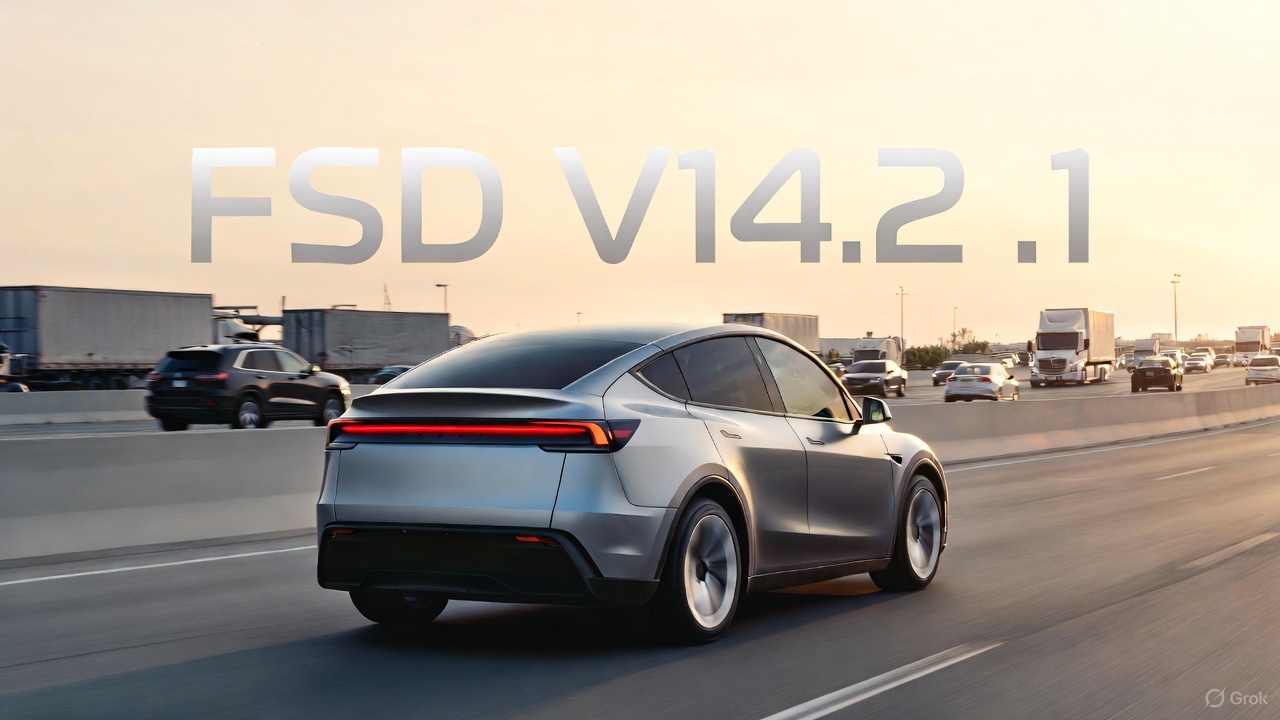
Tesla’s Full Self-Driving (Supervised) software continues its rapid evolution, with the latest V14.2.1 update drawing widespread praise for its smoother performance and smarter decision-making.
Videos and firsthand accounts from Tesla owners highlight V14.2.1 as an update that improves navigation responsiveness, sign recognition, and overall fluidity, among other things. Some drivers have even described it as “more alive than ever,” hinting at the system eventually feeling “sentient,” as Elon Musk has predicted.
FSD V14.2.1 first impressions
Early adopters are buzzing about how V14.2.1 feels less intrusive while staying vigilant. In a post shared on X, Tesla owner @LactoseLunatic described the update as a “huge leap forward,” adding that the system remains “incredibly assertive but still safe.”
Another Tesla driver, Devin Olsenn, who logged ~600 km on V14.2.1, reported no safety disengagements, with the car feeling “more alive than ever.” The Tesla owner noted that his wife now defaults to using FSD V14, as the system is already very smooth and refined.
Adverse weather and regulatory zones are testing grounds where V14.2.1 shines, at least according to testers in snow areas. Tesla watcher Sawyer Merritt shared a video of his first snowy drive on unplowed rural roads in New Hampshire, where FSD did great and erred on the side of caution. As per Merritt, FSD V14.2.1 was “extra cautious” but it performed well overall.
Sign recognition and freeway prowess
Sign recognition also seemed to show improvements with FSD V14.2.1. Longtime FSD tester Chuck Cook highlighted a clip from his upcoming first-impressions video, showcasing improved school zone behavior. “I think it read the signs better,” he observed, though in standard mode, it didn’t fully drop to 15 mph within the short timeframe. This nuance points to V14.2.1’s growing awareness of temporal rules, a step toward fewer false positives in dynamic environments.
FSD V14.2.1 also seems to excel in high-stress highway scenarios. Fellow FSD tester @BLKMDL3 posted a video of FSD V14.2.1 managing a multi-lane freeway closure due to a police chase-related accident. “Perfectly handles all lanes of the freeway merging into one,” the Tesla owner noted in his post on X.
FSD V14.2.1 was released on Thanksgiving, much to the pleasant surprise of Tesla owners. The update’s release notes are almost identical to the system’s previous iteration, save for one line item read, “Camera visibility can lead to increased attention monitoring sensitivity.”
News
Tesla FSD Supervised ride-alongs in Europe begin in Italy, France, and Germany
The program allows the public to hop in as a non-driving observer to witness FSD navigate urban streets firsthand.

Tesla has kicked off passenger ride-alongs for Full Self-Driving (Supervised) in Italy, France and Germany. The program allows the public to hop in as a non-driving observer to witness FSD navigate urban streets firsthand.
The program, detailed on Tesla’s event pages, arrives ahead of a potential early 2026 Dutch regulatory approval that could unlock a potential EU-wide rollout for FSD.
Hands-Off Demos
Tesla’s ride-along invites participants to “ride along in the passenger seat to experience how it handles real-world traffic & the most stressful parts of daily driving, making the roads safer for all,” as per the company’s announcement on X through its official Tesla Europe & Middle East account.
Sign-ups via localized pages offer free slots through December, with Tesla teams piloting vehicles through city streets, roundabouts and highways.
“Be one of the first to experience Full Self-Driving (Supervised) from the passenger seat. Our team will take you along as a passenger and show you how Full Self-Driving (Supervised) works under real-world road conditions,” Tesla wrote. “Discover how it reacts to live traffic and masters the most stressful parts of driving to make the roads safer for you and others. Come join us to learn how we are moving closer to a fully autonomous future.”
Building trust towards an FSD Unsupervised rollout
Tesla’s FSD (Supervised) ride-alongs could be an effective tool to build trust and get regular car buyers and commuters used to the idea of vehicles driving themselves. By seating riders shotgun, Tesla could provide participants with a front row seat to the bleeding edge of consumer-grade driverless systems.
FSD (Supervised) has already been rolled out to several countries, such as the United States, Canada, Australia, New Zealand, and partially in China. So far, FSD (Supervised) has been received positively by drivers, as it really makes driving tasks and long trips significantly easier and more pleasant.
FSD is a key safety feature as well, which became all too evident when a Tesla driving on FSD was hit by what seemed to be a meteorite in Australia. The vehicle moved safely despite the impact, though the same would likely not be true had the car been driven manually.









